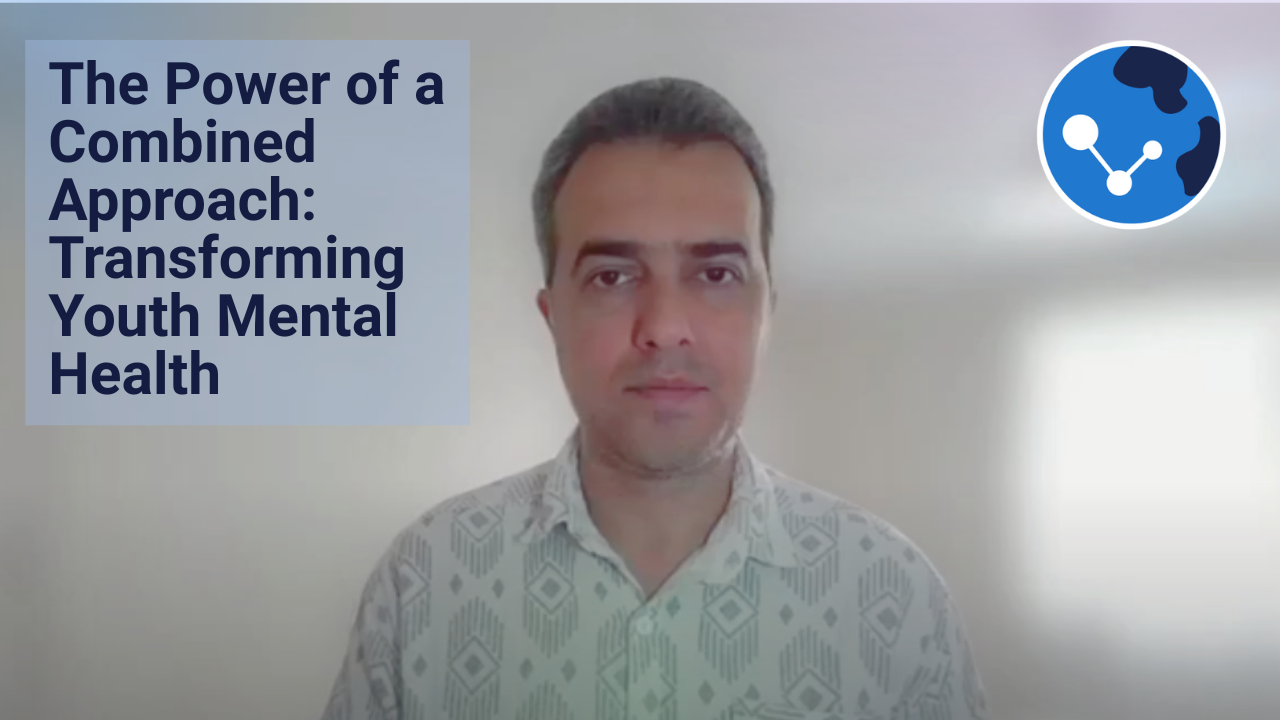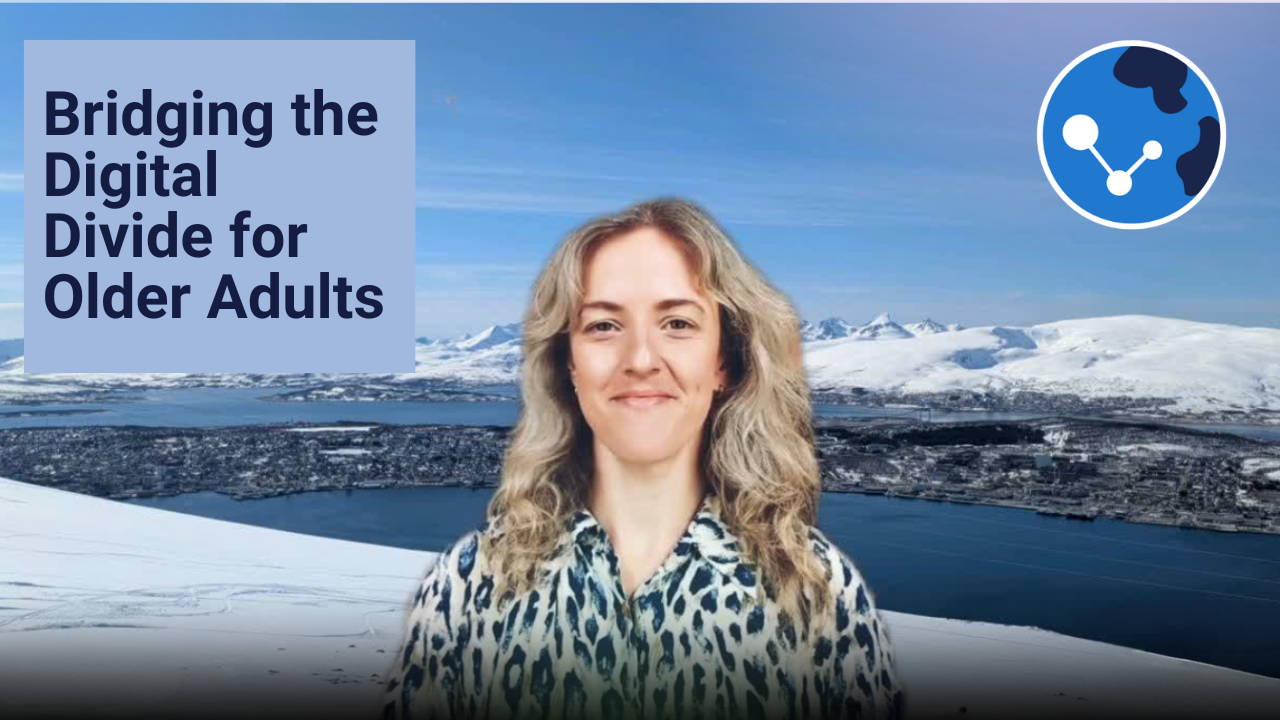We all know the statistics. Obesity rates are a global concern, and finding effective, scalable solutions is more critical than ever. Enter eHealth interventions – digital programs offering support and guidance right at your fingertips. But in the realm of traditional weight loss programs, group support often reigns supreme. So, the burning question is: does this group dynamic translate to the digital space, and can a little face-to-face interaction boost the effectiveness of an eHealth program?
That's precisely what Dr. Siniriikka Männistö and her team at the University of Helsinki set out to investigate in their recent study, "Coach-Assisted eHealth With Group or Individual Support for Employees With Obesity: Randomized Control Trial on Weight, Body Composition, and Health Metrics," published in the esteemed Journal of Medical Internet Research.
In this insightful video, Dr. Männistö herself walks us through the intricacies of their research and the key findings:
As Dr. Männistö explains, the study tackled a crucial question: Can adding minimal pre-session group or individual video calls with a coach enhance the outcomes of an eHealth-only weight management program?
The researchers recruited individuals with class 1 or class 2 obesity and randomly assigned them to one of three groups:
The hypothesis was that these virtual face-to-face sessions might foster a stronger connection with the coach, ultimately leading to greater engagement with the digital platform. The team meticulously tracked participants' weight, body composition, blood pressure, and lab results at various points throughout the 12-month program and again a year after its completion.
So, what did the data reveal? As Dr. Männistö clearly states in the video, there were no significant differences in weight change or any of the measured physical health markers between the three groups. This intriguing finding suggests that simply adding a few initial face-to-face sessions, whether individual or group-based, doesn't necessarily amplify the benefits of a well-structured, evidence-based eHealth intervention.
However, the study also unearthed a silver lining. When the researchers looked at the entire sample collectively, they observed promising improvements in body composition and metabolic health, even with modest weight loss. This highlights the potential of comprehensive eHealth programs to drive positive health changes.
Looking to the future, Dr. Männistö emphasizes the need for further research to pinpoint if there's an optimal "dose" of face-to-face interaction that could meaningfully impact hybrid models. Additionally, understanding which individuals benefit most from purely digital versus hybrid approaches, and under what circumstances, will be crucial for tailoring effective and accessible weight management solutions.
Dr. Männistö and her team chose to publish their work in the Journal of Medical Internet Research, recognizing its strong reputation and topical alignment with their study on digital health interventions.
This research offers valuable insights into the evolving landscape of obesity treatment. While the added human touch in the form of brief video sessions didn't show an extra advantage in this particular study, the overall positive outcomes within the eHealth program itself are encouraging. It underscores the power of well-designed digital interventions and opens doors for future exploration into optimizing hybrid approaches for personalized and impactful weight management.
Click here to watch the video and learn more!
Subscribe Now
.png)


